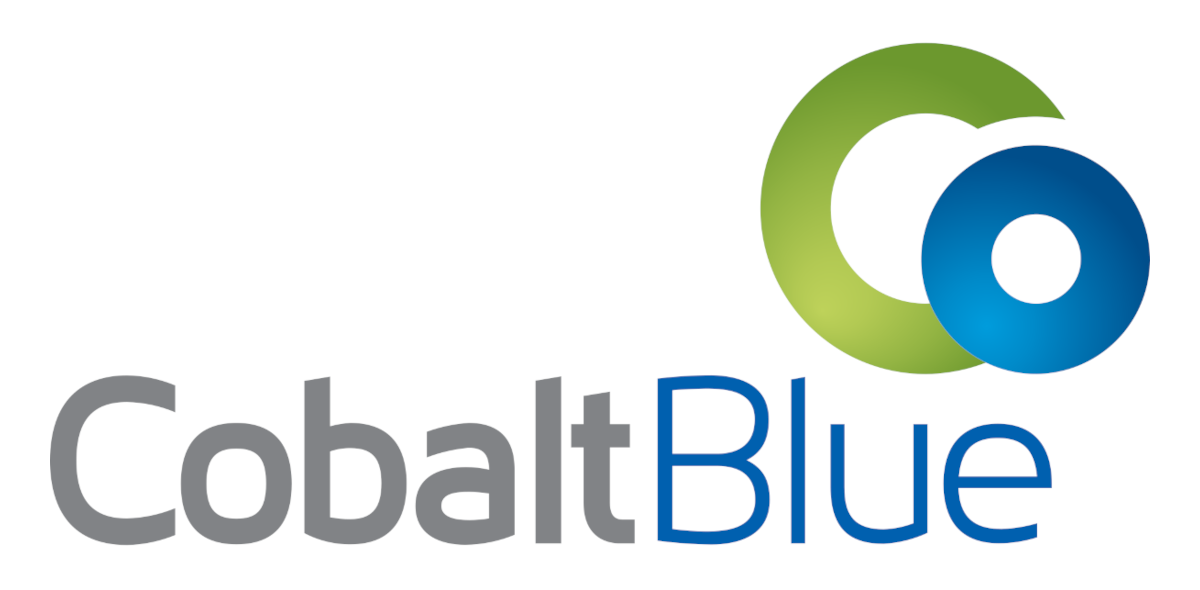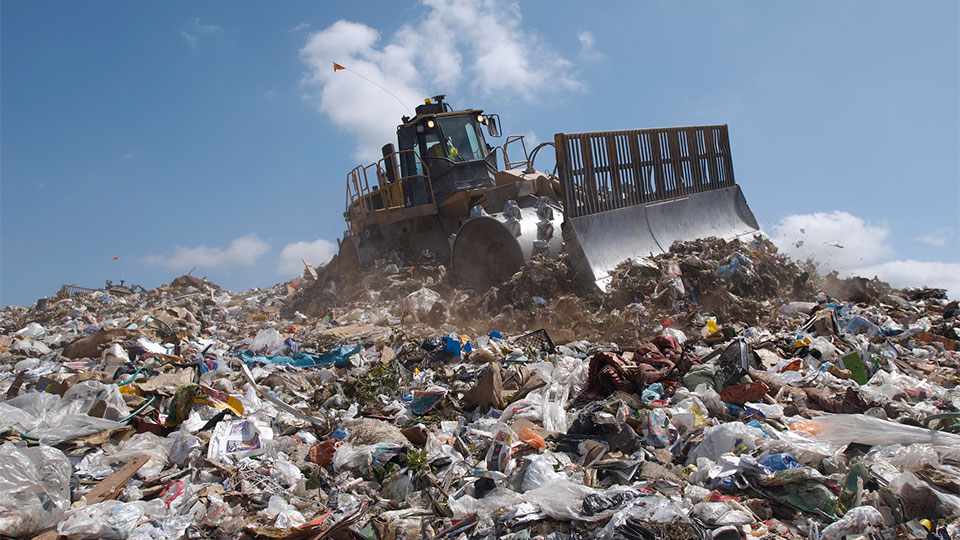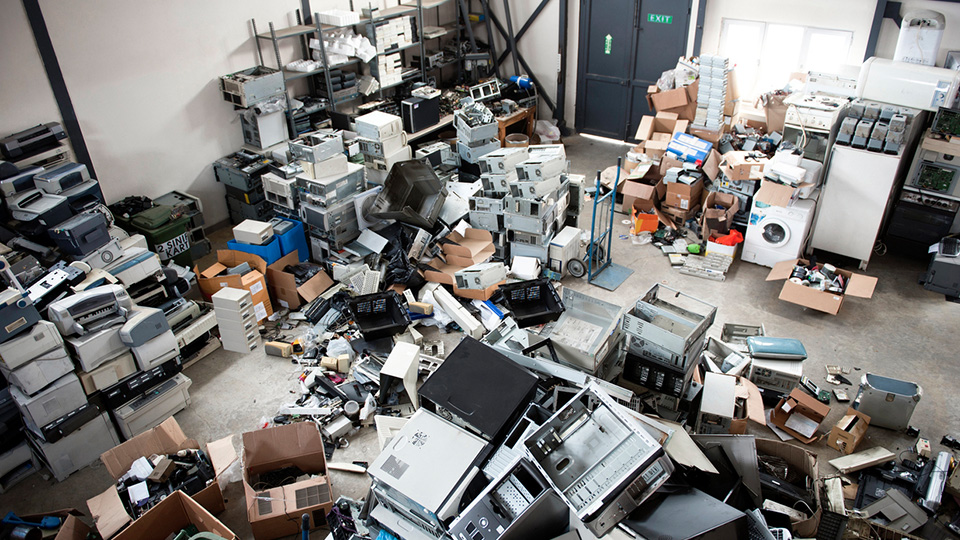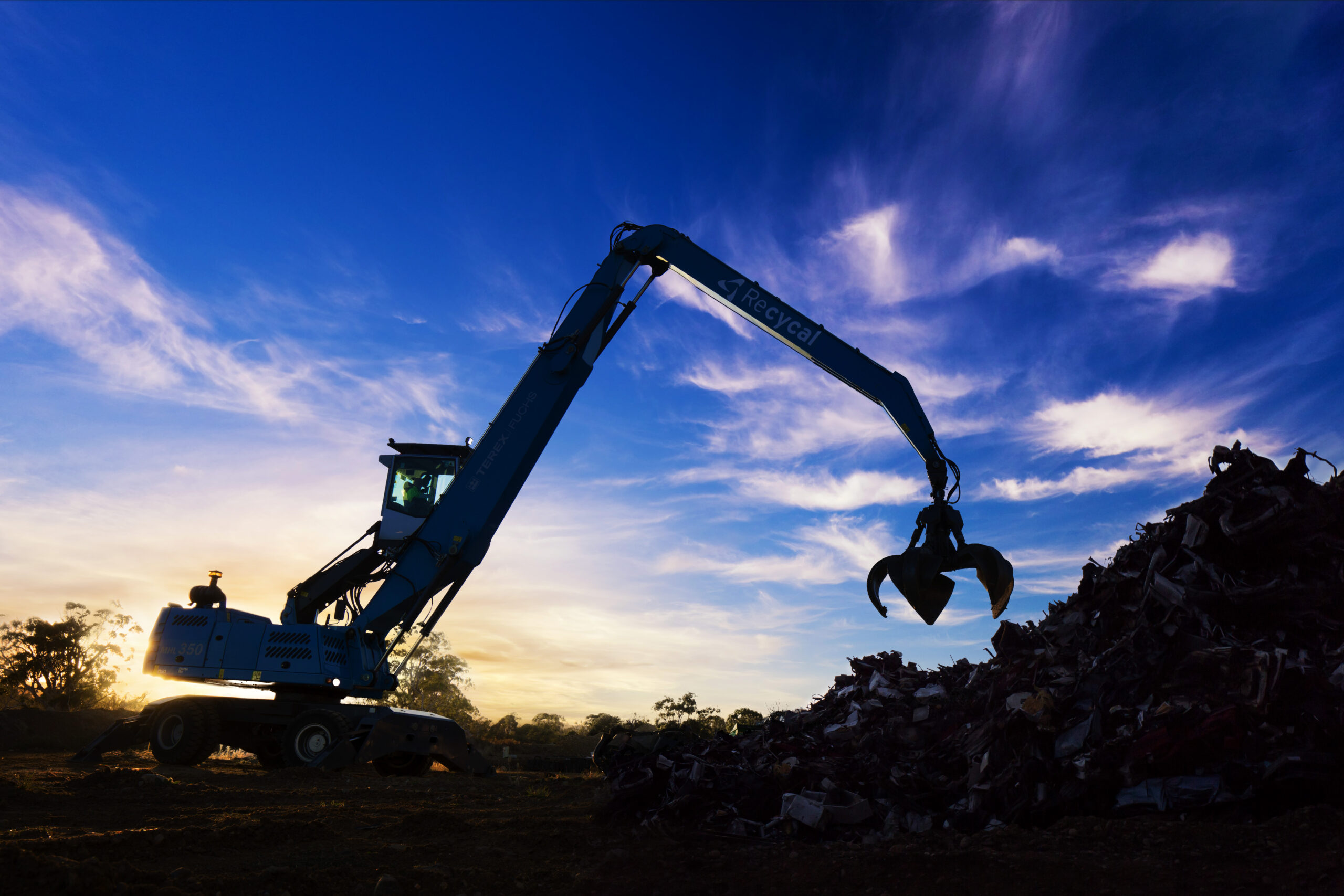Electrical contractors in New South Wales wanting to boost business should take a look at the Energy Savings Scheme (ESS). It provides a significant financial incentive for businesses and home-owners to undertake activities that reduce their energy use.
How ESS Works
When an eligible activity that reduces electricity consumption is completed, energy savings certificates (ESCs) can be created. These are then sold to ‘liable parties’ such as electricity retailers. This means contractors can offer customers energy efficiency upgrades at much reduced cost with shorter payback times. What customer won’t find that attractive?
Residential And Commercial Opportunities
Many different activities are eligible for support under the ESS. In the residential sector they range from draught-proofing and removing old fridges, through to double-glazing and replacement of less efficient forms of lighting.
Amongst the many eligible activities in the commercial area, changes to lighting are also recognised as some of the easiest ways to save energy. Sparkies can provide customers with heavily discounted lighting upgrades, plus the ongoing savings from lower energy bills far into the future.
Two Ways To Work With The ESS
1. The Hard Way
There are two ways in which contractors can get involved with the ESS. One is to become an Accredited Service Provider (APC). APCs can create and sell ESCs on both the projects they undertake and by aggregating the energy savings from projects undertaken by other parties. According to the NSW government, several APCs claim that their participation in the scheme has resulted in both financial and business benefits.
Becoming and APC is not for the faint-hearted. It involves a range of costs, being subjected to audits and compliance requirements, and being able to maintain detailed records, but obviously can yield bigger opportunities for business.
2. The Easy Way
But that isn’t the only way to participate in the ESS. Electrical contractors can still undertake the physical work on approved activities, then ‘sell’ the energy savings to an existing APC who can create the ESCs.
Keeping It Clean
Of course, it makes no sense to deal with one environmental problem (excessive energy use) only to create another (waste).
The big incentive to upgrade lighting leads to millions of old lights being discarded. Improper disposal of fluorescent tubes, compact fluorescent lamps and other types of lighting that contains mercury into landfill creates a toxic time bomb. And even for non-hazardous lighting such as halogens, dumping them is a waste of useful resources.
Fortunately, it’s really easy to recycle fluorescent tubes, compact fluorescent lamps and halogen lighting.
It’s also good for business. Most companies want to do the right thing for the environment, and are more inclined to deal with contractors who can provide documentary proof that all lighting waste is safely recycled, adhering to environmental policies such as ISO 14001 can help win major tenders.
That’s where we come in. As Australia’s largest recycler of lighting waste, with EPA licenced mercury recycling facilities around Australia, Ecocycle provides a complete lighting waste recycling solution. This includes the provision of certificates of destruction of lighting that are required by some energy efficiency schemes, as well as certificates of recycling.
Get Started Today
Call 1300 32 62 92 or fill out the form below and one of our lighting waste specialists will be pleased to tailor a lighting destruction and recycling solution for you:





